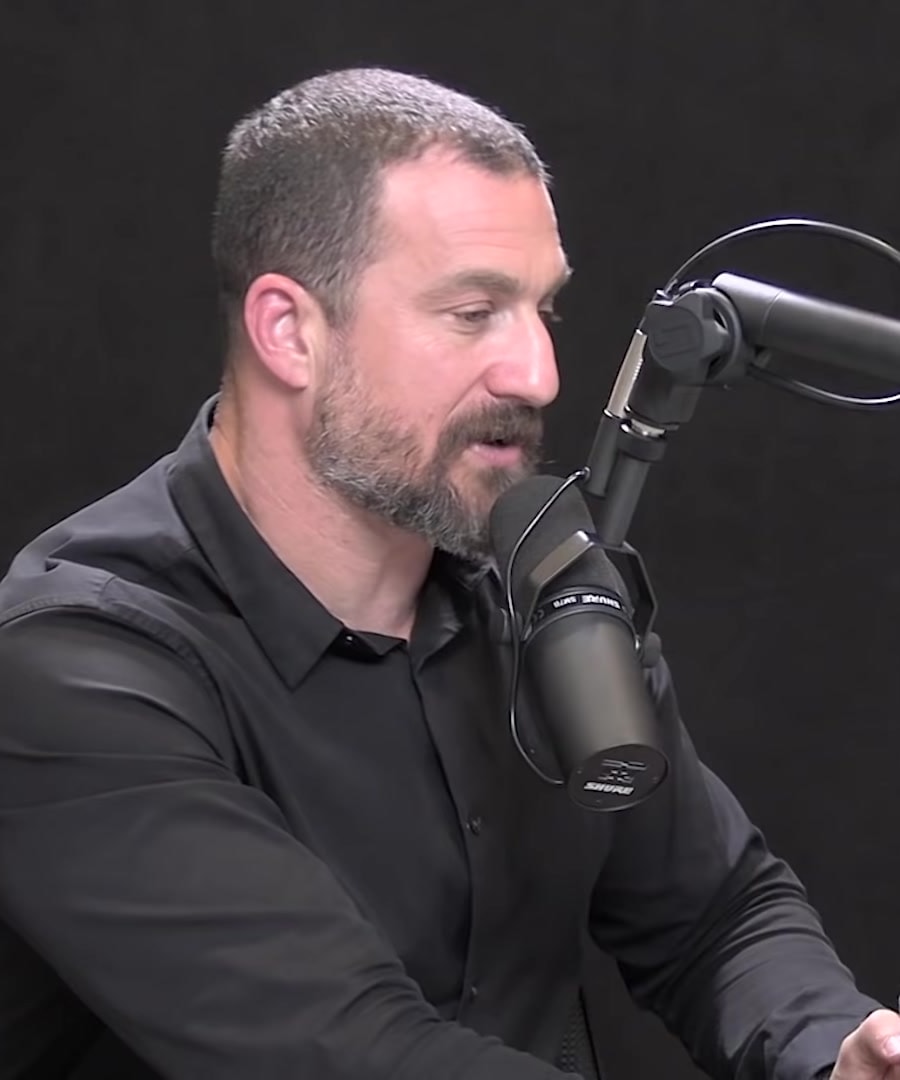Sympathetic breathing
Sources:
One effective method for managing stress through breathing is known as the physiological sigh, discussed by from the . This technique, initially identified by physiologists in the 1930s, involves taking a big deep inhale through the nose, followed by a quick second inhale to maximally inflate the lungs, and then a long exhale through the mouth. It's designed to quickly restore balance between the sympathetic and parasympathetic nervous systems, thus helping to calm you down rapidly 1 2.
Another breathing method, cyclic sighing, involves performing the physiological sigh repeatedly for about five minutes. It's shown to have significant effects on reducing stress and improving mood and sleep throughout the day 1. Cyclic breathing and sighing are potent tools for stress relief and can be performed anywhere, providing immediate benefits as well as contributing to long-term stress management 1.
Moreover, practices like the Wim Hof breathing method also activate the sympathetic nervous system, potentially enhancing immune function and helping the body combat stress-related challenges 3 4. This approach exemplifies how specific breathing exercises can be a bridge between intentional stress management and physiological health improvements.
RELATED QUESTIONS
Sympathetic breathing
- RELATED QUESTIONS



